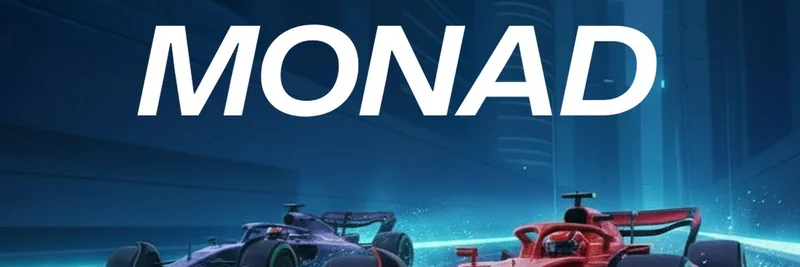In the fast-paced world of crypto, where every announcement can spark a firestorm of opinions, a recent X thread has the community buzzing. It all started with news that payments giants Stripe and Circle are diving deeper into blockchain tech by building their own EVM-compatible chains. But is this a win for Ethereum, the OG platform behind the Ethereum Virtual Machine (EVM), or just another case of big corps cashing in? Let's break it down, conversation-style, and see how it ties into the wild world of meme tokens.
First off, what's the big deal with these new chains? Circle, the company behind the popular stablecoin USDC, just unveiled Arc—a Layer-1 blockchain that's fully EVM-compatible. That means developers can easily port over apps built for Ethereum, but with perks like using USDC for gas fees and super-fast transactions. Check out the details in CoinDesk's report. Meanwhile, Stripe, the fintech behemoth known for online payments, is quietly cooking up Tempo, another high-performance EVM chain focused on stablecoins, in partnership with crypto VC firm Paradigm. Fortune spilled the beans on this one here.
Enter Ryan Sean Adams, a prominent crypto investor and co-host of the Bankless podcast. He kicked things off with a bullish take: "It's massively bullish for ethereum that stripe and circle are building EVM chains. The E in EVM stands for Ethereum - they'll all connect to Ethereum. A company ledger will never be the world ledger. Ethereum = world ledger ETH = world reserve asset." In his view, these chains will ultimately feed back into Ethereum's ecosystem, strengthening its position as the ultimate global settlement layer.
But not everyone was buying the hype. Jon Charbonneau, co-founder of DBA Crypto and a self-proclaimed "lower-case r researcher," fired back with some real talk: "Saying that Stripe and Circle building their own L1s is bullish Ethereum bc they’re EVM is crazy cope. These chains will just be bullish for Circle and Stripe equity holders if they’re successful. Not everything is bullish our bags." Oof—that last line hits hard, reminding us that not every development pumps our personal portfolios. Jon's pointing out that while EVM compatibility is great for devs, the real winners might be the companies' shareholders, not ETH holders.
The thread exploded from there, with replies pouring in. One user, @0xMert_, mocked the logic: "It's massively bullish for Intel that stripe and circle are building blockchains. The 'smart' in smart contract stands for microprocessor." Others chimed in with sarcasm, like @antiprosynth joking about selling all their ETH for TIA (Celestia's token). And then there was this gem of a meme that perfectly captured the vibe:
Classic crypto Twitter—turning serious debates into meme gold. Armani Ferrante from Backpack added a more optimistic note: "Every EVM developer contributes to Ethereum's network effect. That's pretty bullish." But Jon clapped back, noting that by that logic, it's also bullish for other EVM forks like BNB Chain or Avalanche.
What Does This Mean for Meme Tokens?
Now, let's connect the dots to what we care about here at Meme Insider: meme tokens. These new chains could shake things up big time. Arc and Tempo are designed for payments and stablecoins, which are the lifeblood of memecoin trading—think quick swaps with USDC on DEXs. If these chains succeed, they might attract meme projects looking for low fees and fast speeds, potentially pulling liquidity away from Ethereum's L2s like Base or Arbitrum.
On the flip side, since they're EVM-compatible, meme devs could easily deploy tokens across multiple chains, boosting cross-chain memes. Imagine a dog-themed token that's native to Arc but bridges seamlessly to Ethereum for that global exposure. However, as Jon warns, the value might accrue more to Stripe and Circle than to ETH itself, which could impact memecoin ecosystems built on Ethereum.
The Bigger Picture in Blockchain Evolution
This debate highlights a key tension in crypto: decentralization vs. corporate control. Ethereum pioneered the EVM, making it the standard for smart contracts (basically, self-executing code on the blockchain). But as more players fork and build their own versions, does it dilute Ethereum's moat or expand the pie? Ryan sees it as expansion; Jon sees potential fragmentation.
For blockchain practitioners, this is a reminder to stay sharp. Tools like EVM make it easier to innovate, but understanding where value flows—be it to equity, tokens, or networks—is crucial. If you're trading memes, keep an eye on how these chains integrate with stables like USDC, as it could mean cheaper, faster pumps (or dumps).
What do you think—is this bullish for ETH, or just corporate cope? Drop your takes in the comments, and follow the full thread here for more laughs and insights. Stay memeing, folks!




